History of Wakaf in Singapore
Wakaf is one of the oldest institutions within the Singapore Muslim community. Our forefathers left this important legacy because they aspired to see progress and wanted to spread good beyond their lifetimes.
Singapore continues to benefit from the heritage Wakaf assets left behind by three main groups of wakifs. They are the Arab merchants, Indian traders, and Nusantara landowners.
Arab Merchants
The first Wakaf on record in Singapore was created in 1820. Wakaf Masjid Omar Kampung Melaka, located along the Singapore River, was donated by Syed Omar Ali Aljunied, a successful trader from Indonesia who originated from Hadhramaut (now known as Yemen). Syed Omar Ali Aljunied also set up Wakaf Bencoolen, which consists of Masjid Bencoolen and several properties along Bencoolen Street.
Throughout the nineteenth century, other rich merchants from Yemen came to Singapore and continued their strong tradition of establishing Wakaf.
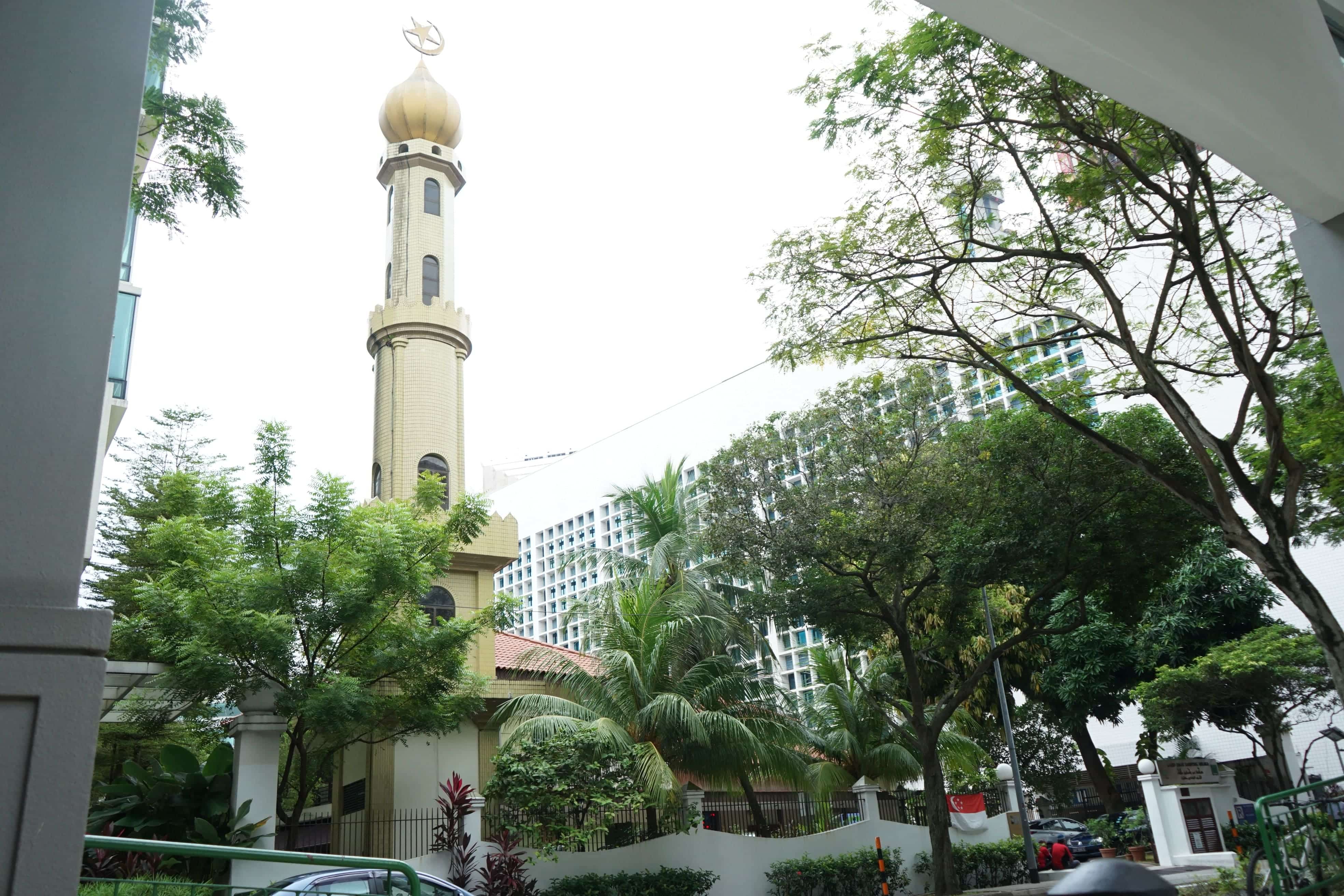 Masjid Omar Kampong Melaka
Masjid Omar Kampong Melaka
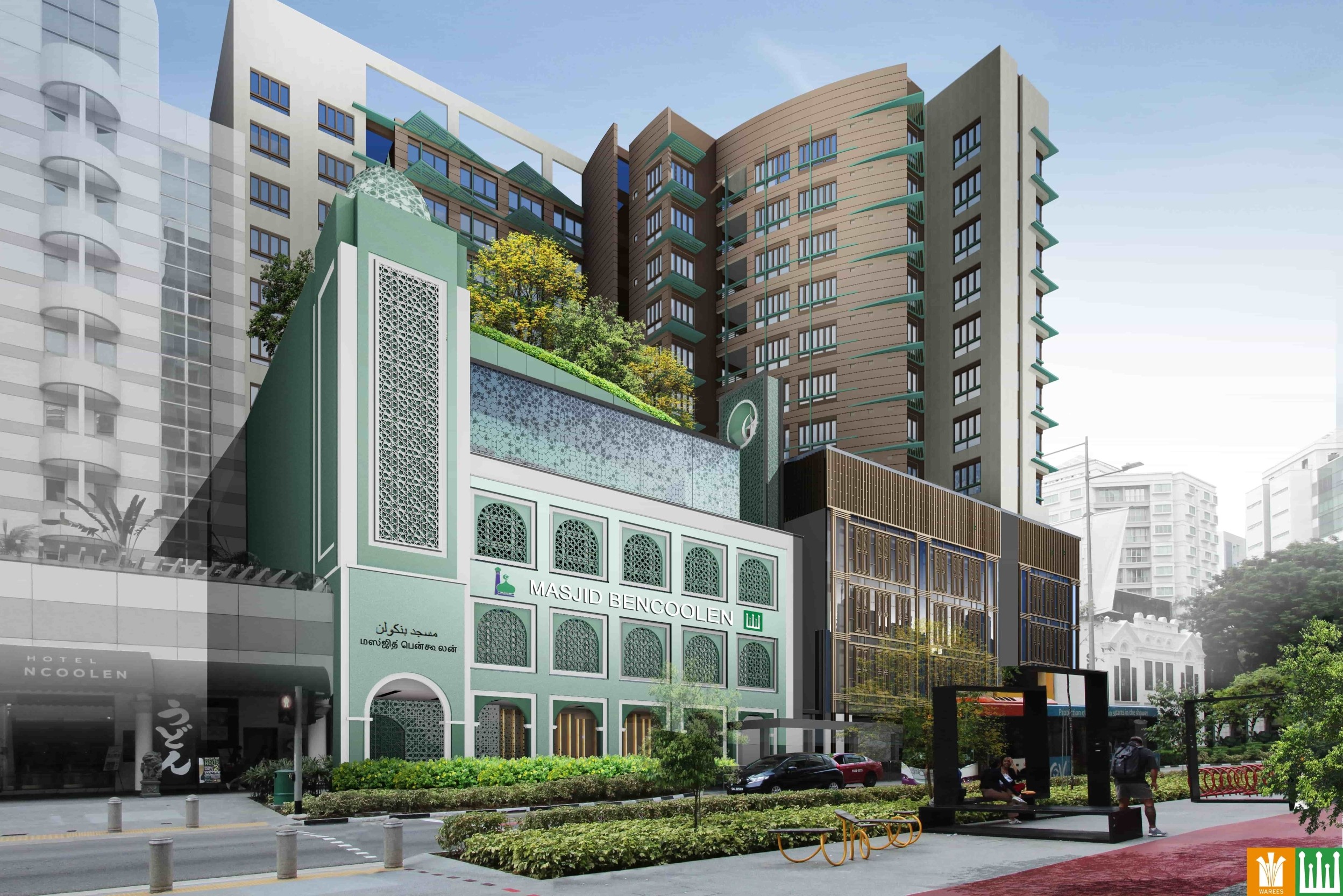 Masjid Bencoolen (artist's impression; mosque upgrading to be completed by 2022)
Masjid Bencoolen (artist's impression; mosque upgrading to be completed by 2022)
Indian Traders
Traders and money changers who came from India also established Wakaf in Singapore. They built several endowment properties, such as Masjid Jamae in 1826, followed by Masjid Al-Abrar in 1827. Both mosques belong to Wakaf Jamae.
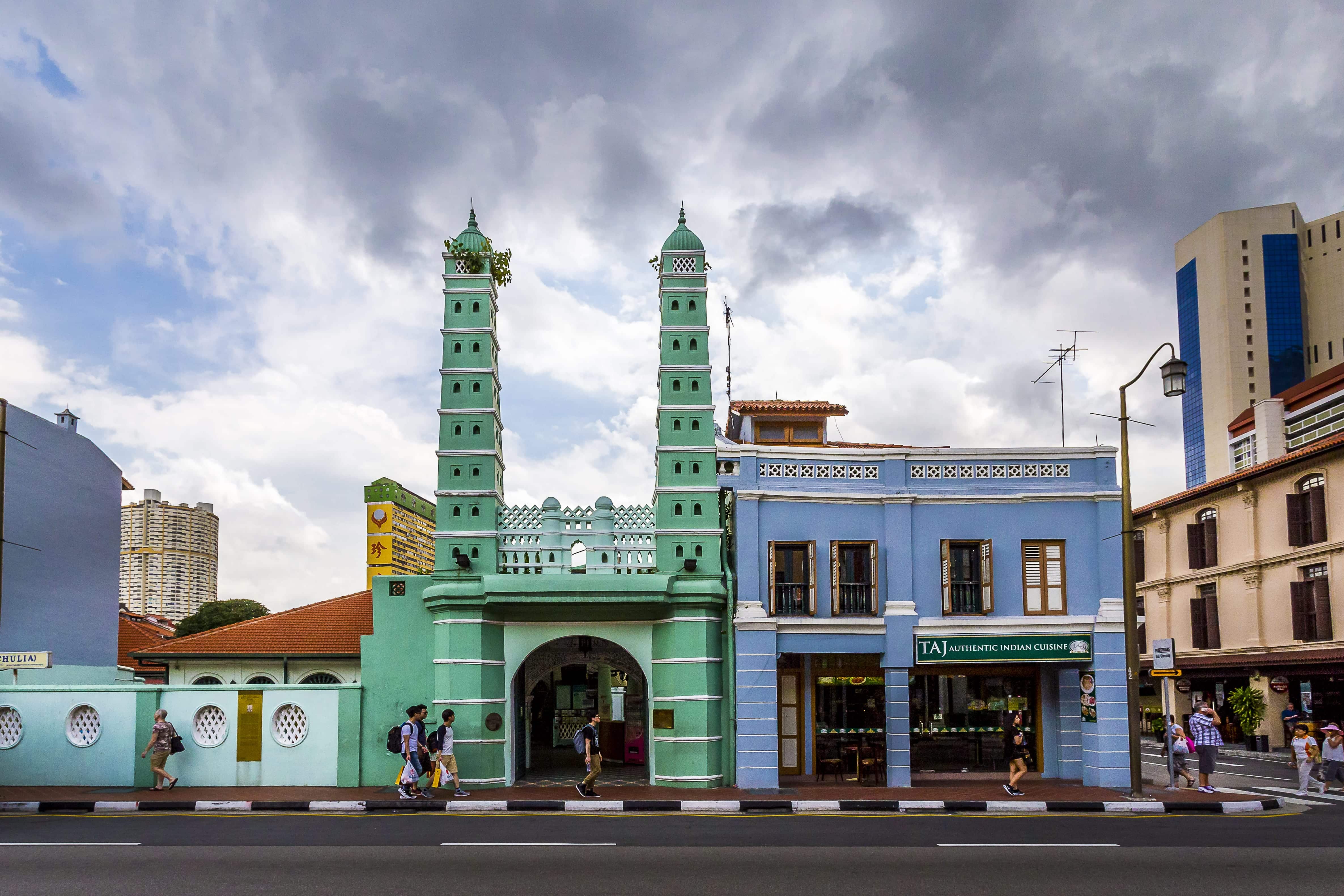 Masjid Jamae Chulia
Masjid Jamae Chulia
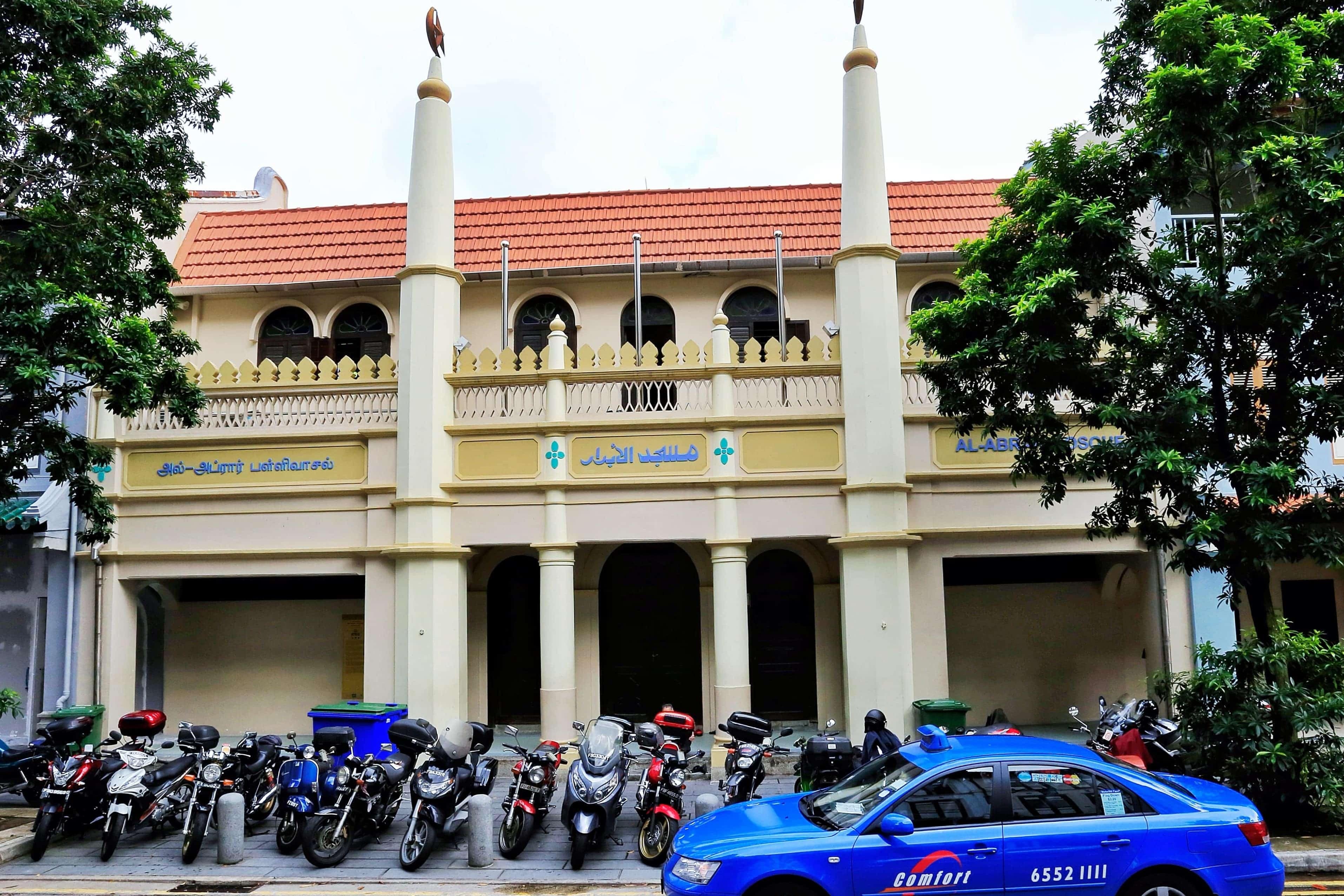 Masjid Al-Abrar
Masjid Al-Abrar
Another Indian trader, Ahna Ally Mohammad Kassim, created Wakaf Kassim. His Wakaf includes Masjid Kassim and a piece of land along Changi Road.
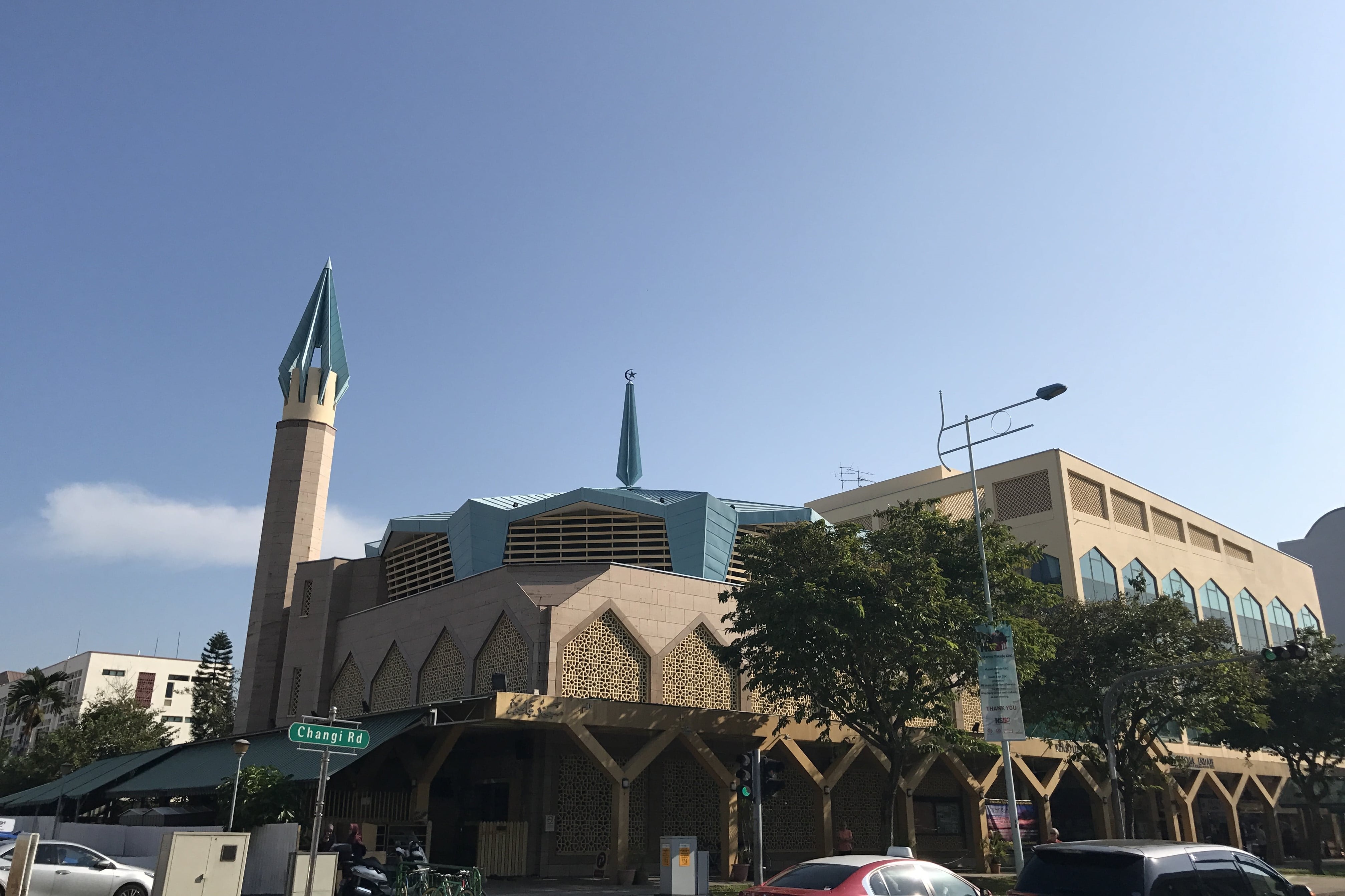 Masjid Kassim & Wisma Indah on the right
Masjid Kassim & Wisma Indah on the right
Nusantara Landowners
With trade creating more wealth within the Malay Archipelago (Nusantara), rich landowners, merchants and their descendants also created Wakaf in Singapore. For example, two wealthy Bugis ladies, Raja Siti Kraeng Chanda Pulih and Hajjah Daeng Tahira bte Daeng Tadaleh, each created their own Wakaf which are still generating income for their respective beneficiaries today. These women represent the strong economic power of women during those days.
About one-third of Wakaf in Singapore were donated by women.
